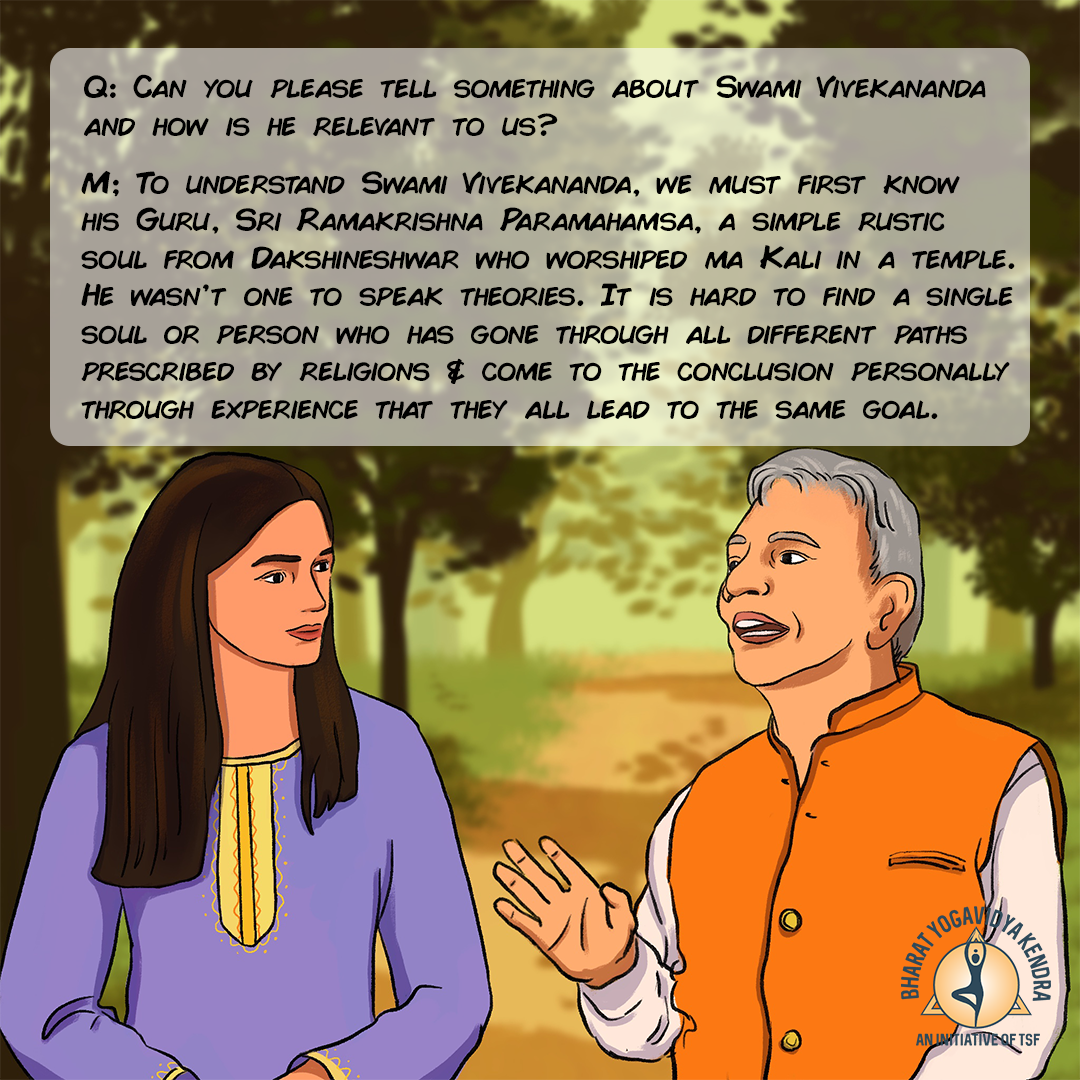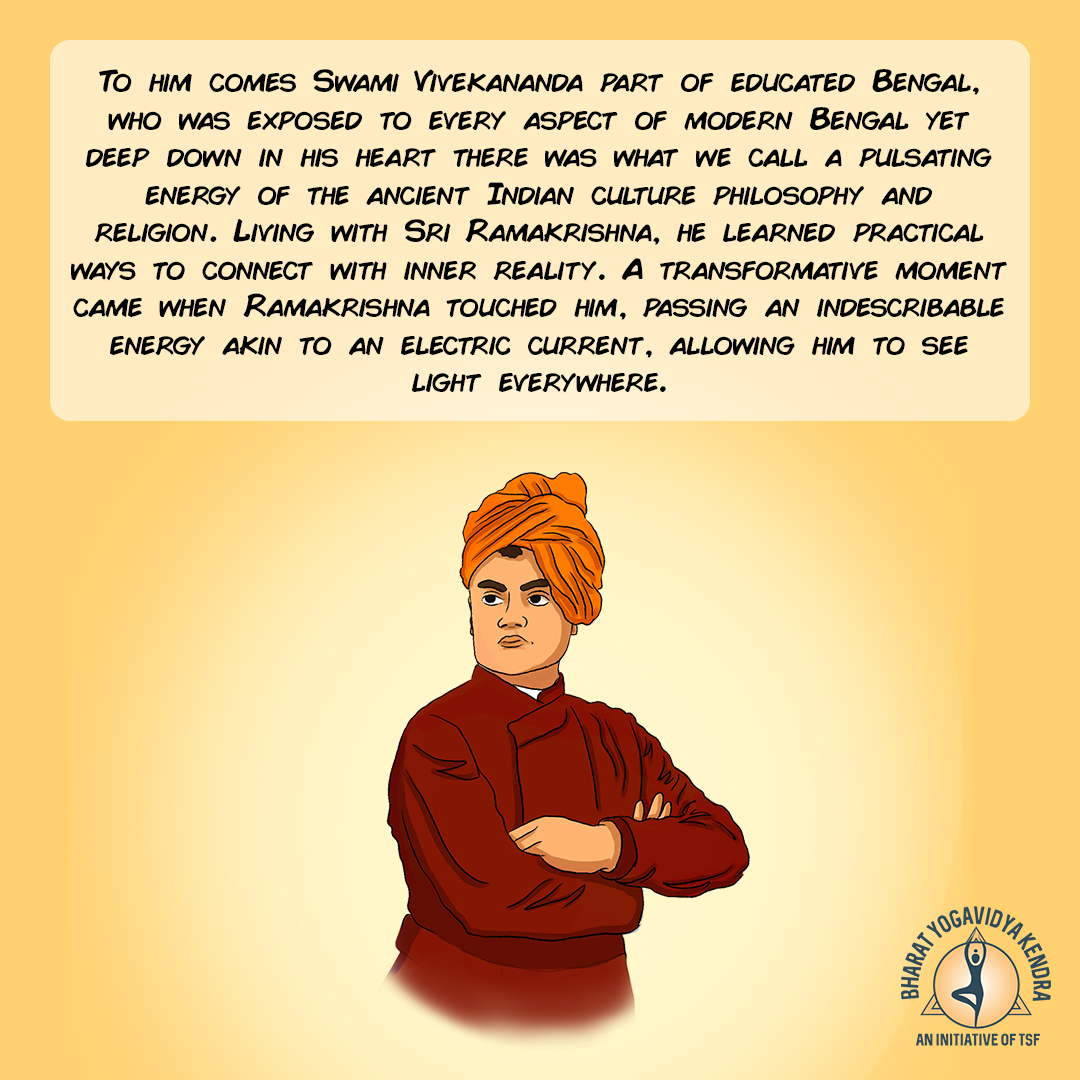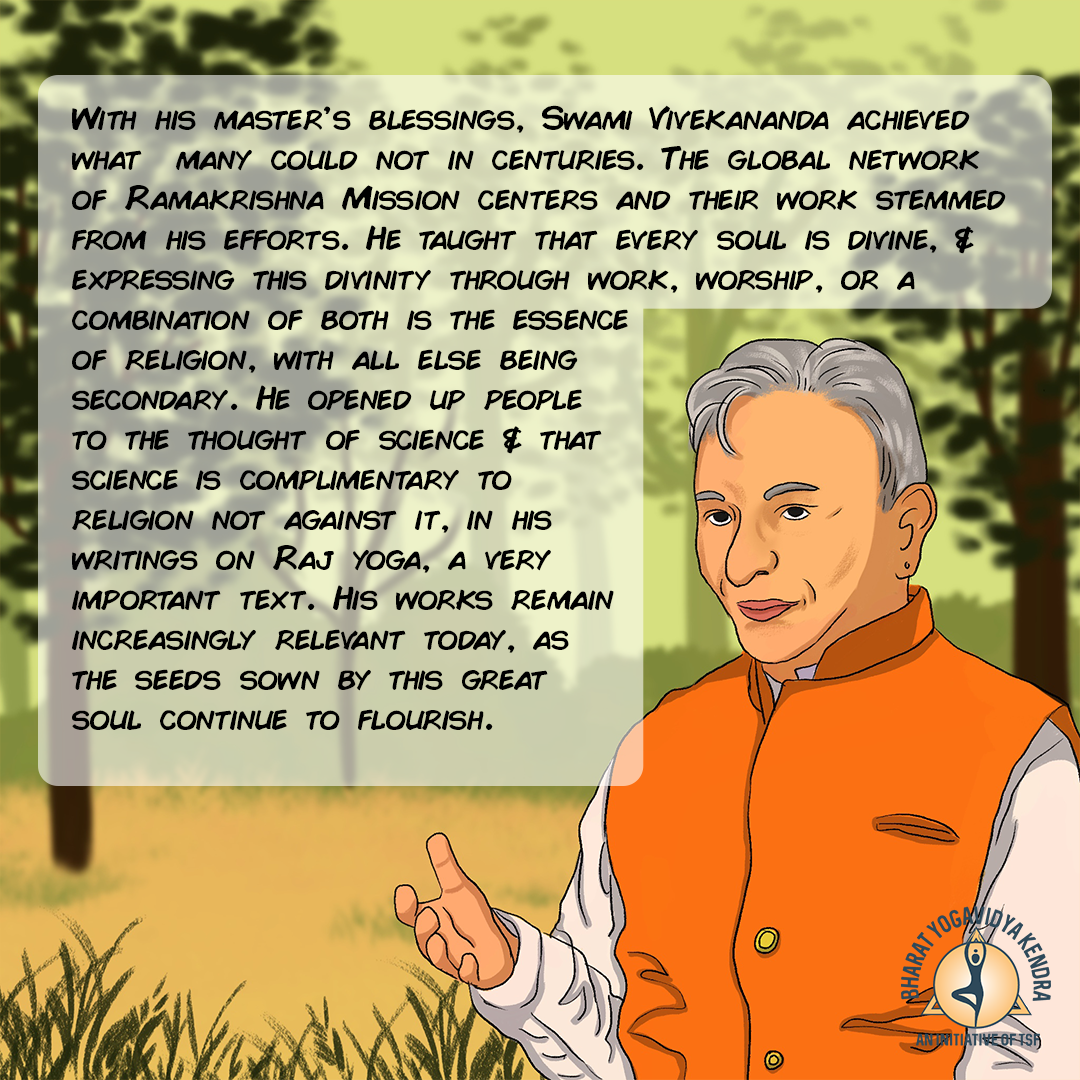Rise & Awake
The Enduring Legacy of Swami Vivekananda
Picture this: it’s 1893, and a saffron-clad monk stands before a crowd in Chicago. With a calm yet commanding voice, he begins with, “Sisters and Brothers of America.” The room erupts in applause. In that moment, Swami Vivekananda didn’t just address a gathering; he bridged continents, beliefs, and hearts.
What made Vivekananda remarkable wasn’t just his intellect or charisma—it was his ability to take ancient ideas and make them feel alive, practical, and urgent. He wasn’t preaching from a mountaintop; he was inviting people to step into their own power. His idea? You’re not here to crawl through life. You’re here to live.
He called us to recognize the divinity within ourselves and others. For him, spirituality wasn’t about escape—it was about action. “Arise, awake, and stop not till the goal is reached,” he said. It wasn’t just a motivational line; it was a blueprint. Whether you’re climbing corporate ladders or personal mountains, his teachings remind us: work isn’t separate from worship. Your everyday grind can be your greatest spiritual practice. Vivekananda believed in a world where differences didn’t divide but enriched.
“All religions are true,” he said, “just as all rivers lead to the ocean.” In today’s polarized world, his message feels like a breath of fresh air. Unity doesn’t mean erasing our unique colors; it means learning to paint a larger, more beautiful picture together.
And while he spoke of lofty ideals, he had a knack for cutting through the noise. He once quipped, “You are the creator of your own destiny.” Translation? Stop waiting for the universe to send you a memo. Get up. Move. Make things happen.
Swami Vivekananda’s teachings aren’t relics of the past—they’re survival kits for modern life. They tell us to lead with courage, live with purpose, and refuse to settle for mediocrity. His life was a testament to this, and his words are a nudge to look beyond what is comfortable and into what is possible.
So, as you read this, consider it your moment to pause. What’s that one thing you’ve been holding back on? Arise, awake—and maybe grab a strong cup of coffee while you’re at it. We’ve got work to do.
BYK Team
Why is Sri Ramakrishna the central deity in the Ramakrishna Mission?
Sri M Explains
In this insightful video, Sri M delves into the sacred relationship between Swami Vivekananda and his Guru, Sri Ramakrishna Paramahamsa.
Talk with M
BLOG POST
Swami Vivekananda in Modern Times
Dharma, Pride in India & Action
What Swamiji achieved in a span of 39 years is comparable to what Shankara, Gnaneshwar and Jesus achieved in the limited time they spent on earth. Swamiji met his master Ramkrishna in 1881 at the age of 18. The intense interaction lasted only 5 years. With his Guru’s grace and blessing he embarked on a trail blazing mission that impacted millions worldwide.
Swami Vivekanand was a keen observer of the human mind and society. He was rational and logical in his thinking. His approach was scientific and backed with deep conviction from the knowledge of the scriptures.
His message to his fellow Indians “Arise! Awake! Stop not till the goal is reached!”
The message electrified the nation then. It is relevant even today as India is rapidly moving up the global ladder, not just in terms of GDP & economic clout but also on Spiritual Values, Yoga, Meditation and the power of Dharma. He was proud of India and had the courage and boldness to declare to the world about the greatness of Hindu philosophy and religion.
BOOK REVIEW
In the Footsteps of Rama
By Vikrant Pande, Neelesh Kulkarni
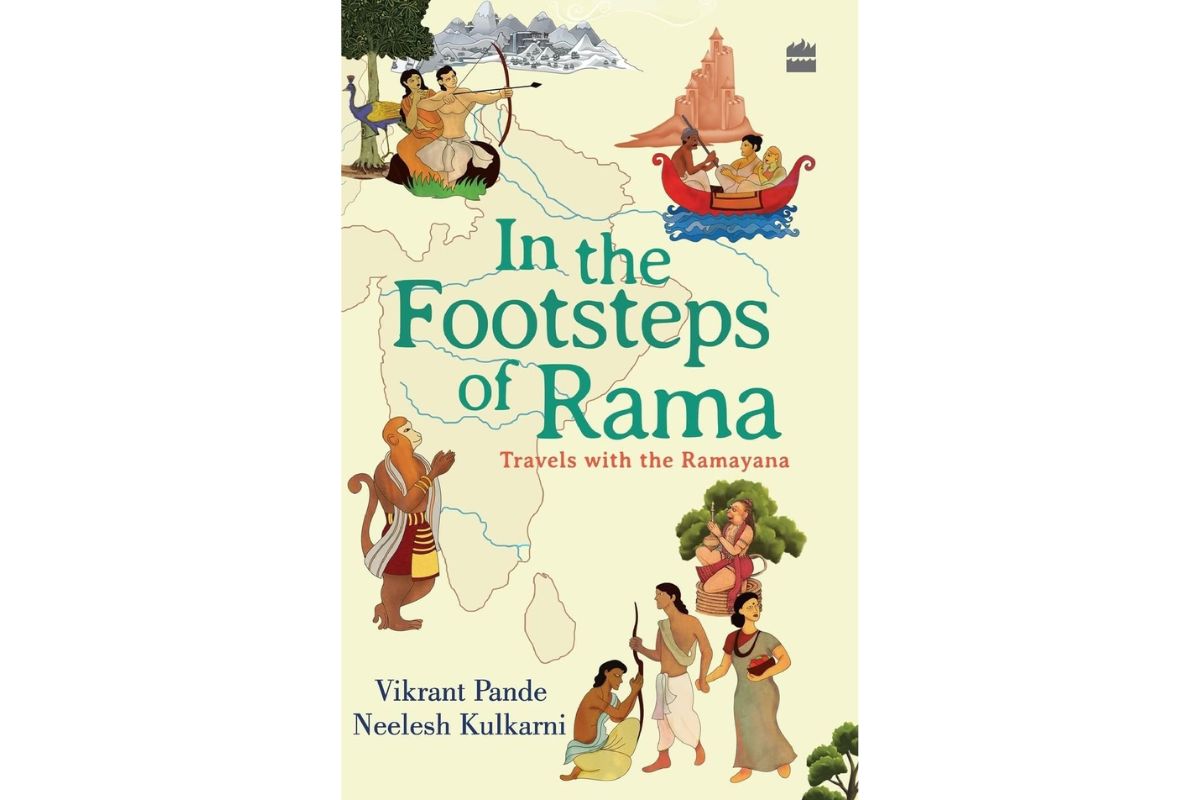
This book was recommended as must read by my colleague and so I did! This is the first book I read about someone’s personal journey related to an epic. So, I started reading with not much of enthusiasm as I was wondering what can be interesting about it? I am glad that the author, book proved me wrong. By now, you can guess what would have happened. I got hooked soon and could not stop till I completed reading the entire book. It is about the authors’ discoveries, experiences as they explore different locations through which Lord Rama travelled during his years of exile.
The way it is written, research efforts put in by the authors, stories explained, their adventures presented made me feel as if I was travelling along with them and I was lost thinking and feeling Ramayana epic throughout the reading time. Irrespective of whether one believes the happenings of Ramayana or not, I recommend to read this book for anyone who wants to discover India and her rich epics. And I am thankful to my colleague for the recommendation.
YOGA GUIDE
Jnana Yoga Dharana
“You have to grow from the inside out. None can teach you, none can make you spiritual. There is no other teacher but your own soul.”
Swami Vivekananda emphasized Jnana Yoga – the path of knowledge and self-inquiry as a tool for mental clarity and spiritual awakening. For modern times, integrating a deep contemplative practice into the midday routine can harmonize the mind and reconnect with your inner wisdom.
The following sequence aligns with his vision of integrating action and contemplation. By connecting to your inner wisdom through pranayama and self-inquiry, you embody his call to balance the external hustle with internal harmony.
The following sequence aligns with his vision of integrating action and contemplation. By connecting to your inner wisdom through pranayama and self-inquiry, you embody his call to balance the external hustle with internal harmony.

Nadi Shodhana Pranayama (Alternate Nostril Breathing)
Duration: 5 minutes
- Sit comfortably in Padmasana (Lotus Pose) or Sukhasana (Easy Pose).
- Close your right nostril with your thumb and inhale deeply through the left nostril.
- Close the left nostril with your ring finger, open the right nostril, and exhale.
- Repeat the cycle by inhaling through the right nostril and exhaling through the left.
- Focus on the subtle rhythm of your breath, symbolizing the balance between action (Pingala) and introspection (Ida).
This practice calms the nervous system and cultivates a meditative state essential for introspection and decision-making. Vivekananda taught that clarity and calmness are prerequisites for discernment in life’s challenges.

Jnana Yoga Reflection in Balasana (Child’s Pose)
Duration 5-10 minutes
- Transition into Balasana, resting your forehead on the mat or a bolster.
- Extend your arms forward or place them by your sides.
- Focus on your breath, letting each exhalation soften your body and mind.
Begin a silent inquiry inspired by Vivekananda’s teachings:
Questions for Reflection
- Who am I beyond my roles and actions?
- What is the purpose of my current challenges?
Practice with a Mantra
Silently repeat a mantra, such as “Tat Tvam Asi” (You Are That) or “Om Shanti Shanti Shanti” to cultivate inner stillness and self-awareness.
Connection to Modern Life
In our fast-paced world, this contemplative practice helps pause the mental chatter, allowing space for self-discovery and realignment with purpose. Vivekananda’s teachings encourage us to approach life’s complexities with the wisdom of self-knowledge and the courage to act with integrity.
Community column
New Year Musings
A new year is a fresh start,
To tread the journey with gusto.
To leave behind things of the past,
And look at this year as presto!
The time to revisit those goals we set,
It’s time to ponder on our dreams.
Another year will quickly sweep by,
Just like the water in the streams.
Hold this moment of truth,
Stay close and enjoy its presents.
Be grateful for life’s gifts,
And savour its true essence.
Embark and brace yourself,
The time to act has arrived.
Dust away the sands and grime,
Shine and sparkle for the stride.
Smile and spread the cheer around,
With the will and hope of peace.
Work hard and stop not to gaze,
Charm your magic and be at ease.
Today well lived is what we should strive,
Worry and not ponder about anything.
Time will surely give the answers by,
Rise up and enjoy this new beginning.
Happy New Year 2025!
-Chitra Ganesh
YOGA RESOURCE
Stories and Talks
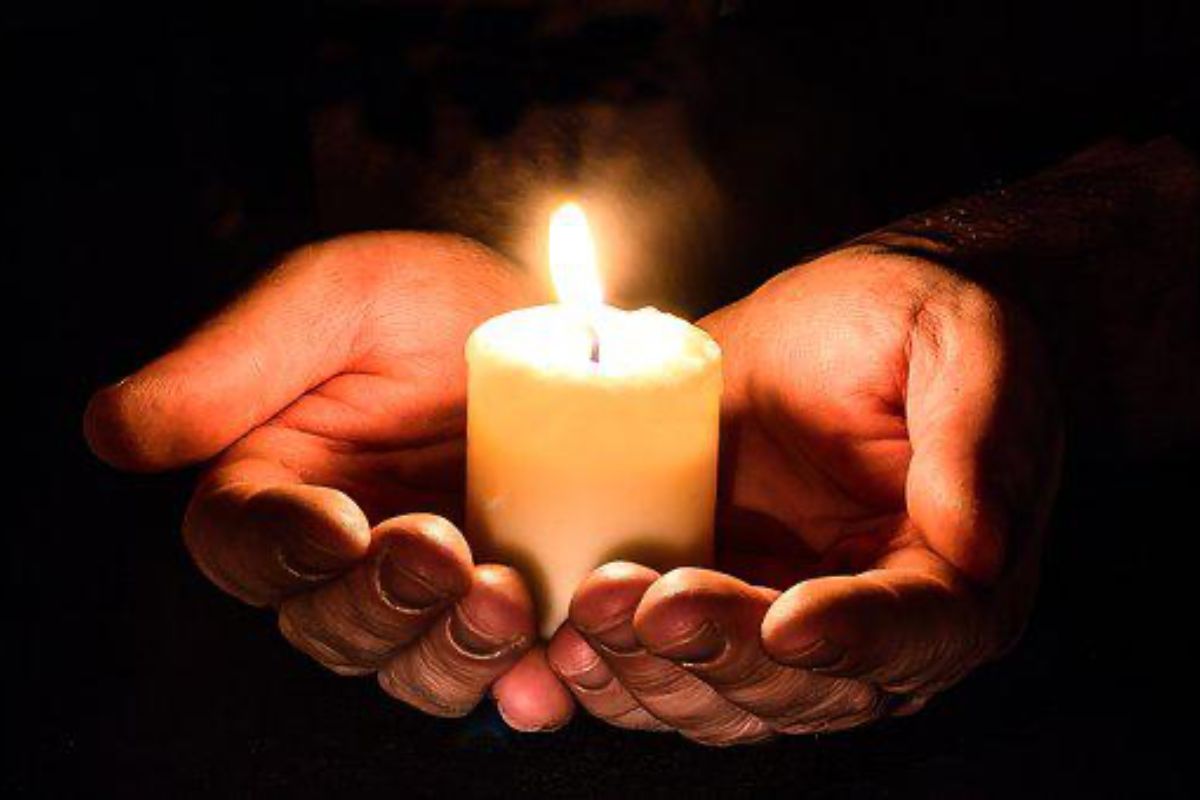
Swami Vivekananda’s life is an inspiring journey of spirituality, wisdom, and dedication. His life took a significant turn when he met his guru, Sri Ramakrishna Paramahamsa, who guided him to experience spirituality beyond dogma and tradition.
One memorable story from his life is about his transformation in front of the goddess Kali. Initially, he was skeptical of rituals and idol worship, but at his guru’s urging, he approached the goddess with a request to help his family’s financial struggles. However, each time he stood before the deity, he became overwhelmed, unable to ask for material wealth. Instead, he prayed for purity, strength, and devotion. This experience deepened his faith and cemented his path toward spiritual enlightenment.
If you’re interested in learning more about Swami Vivekananda, here are some excellent talks:
TESTIMONIALS OF TRANSFORMATION
The Magic of BYK’s December 2024 TTC
As with much of the spiritual journey, words fail to capture the magic of the December 2024 TTC held in Madanapalle. That said, the eight ‘aṅga’s that made the experience so special for me were learning and practicing āsanas, prāṇāyāma, chanting, being with amazing teachers, classmates & volunteers, frequent visits to the temple, occasional outings, library access, and the blessings of Sir.
The teachers knew exactly how to challenge us with the right mix and complexity of material and information, reinforcing key points and pushing us when appropriate. We went beyond what we thought we were capable of. The practice of sarvaṇgāsana (shoulder stand), for example, went from my ‘that’s impossible’ list to, with modifications given, the ‘practice daily’ list.
‘How can we have learned so much in so little time?’ was a question in the air. From long plank holds to memorizing Sanskrit chants to recording short videos, again and again we were guided and pushed in ways that maximized our capacities. We learned much from our kind, skillful and sometimes tough teachers Vivek, Vanitha, and Dr Subha, and also from each other.
And somehow, with the 6:00 am – 8:15 pm schedule, there was spaciousness. There was time to sit in the Babaji temple, for bhajans and Christmas carols, for exploring the treasures in the library, and for class outings.
Our heartful volunteers, Gopal and Minu, were instrumental in these, and in a hundred other ways as well.
Sir’s videos were a treat, and meeting him at the course end a true highlight. After some Q&A, he taught us a different melody and more words for ‘Saṅgacchadhvam’. To learn a chant from Sir line-by-line and sing with him was so special and moving. We were glowing (so we were told!) after this session, which concluded with receiving certificates from his hand and paying respects to him.
And yet none of these words fully capture the magic of the TTC experience. The bonds were so strong that tears flowed when parting. Many of us will return for Guru Pūrṇimā in July. It’s clear it will feel like a family reunion, re-connecting with those who are so much more than teachers and fellow students – we are satsaṅgi(ni)s, moving in harmony. Or, in the words of the lines Sir taught us:
Samānī va ākūti; samānā hradayāni vaḥ;
samānamastu vo mano yathā vaḥ susahāsati
Let your intention and hearts be one and the same;
let your mind be one and the same; wherein you may dwell together beautifully.
Source: The Rig Veda. X. 191
Claralynn Nunamaker
31 December 2024, Madanapalle
Nature as a Healer
Ancient Science of Ayurveda

Nature has always been humanity’s primary healer, a theme deeply embedded in Ayurveda and illuminated through the Ramayana.
The ancient science of Ayurveda emphasizes the therapeutic use of nature through medicinal herbs, exposure to natural environments, and aligning one’s lifestyle with natural cycles. The Ramayana richly illustrates the role of nature as a sanctuary and healer in the stories of Dandakaranya Forest, Sanjeevani Herb and others. Both remind us that the healing power of nature is always within reach. In today’s fast-paced, technology-driven world, reconnecting with nature can act as a balm for our overstimulated minds and weary bodies.
Takeaways for Modern Living
1. Spend Time in Nature for Stress Relief
- Green Spaces: Time in nature lowers cortisol, reduces blood pressure, and improves mood. A walk rejuvenates mental and physical health.
- Earthing: Walking barefoot on natural surfaces balances the body’s energy, reduces inflammation, and calms the mind.
- Mindfulness Outdoors: Practice yoga or meditate under a tree to deepen your connection with nature.
2. Incorporate Herbal Remedies
- Turmeric: Boosts immunity and reduces inflammation; enjoy in golden milk or warm water.
- Tulsi: Supports respiratory health and reduces stress; brew as tea.
- Neem: Enhances skin, digestion, and detoxification; use as powder or oil.
- Sanjeevani’s Lesson: Explore local plants for their healing potential, inspired by this legendary herb.
Upcoming Courses & Retreats
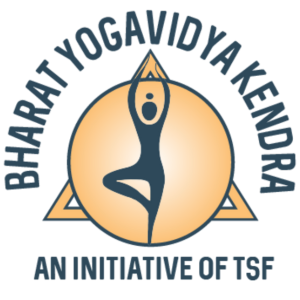
Thank you for reading


